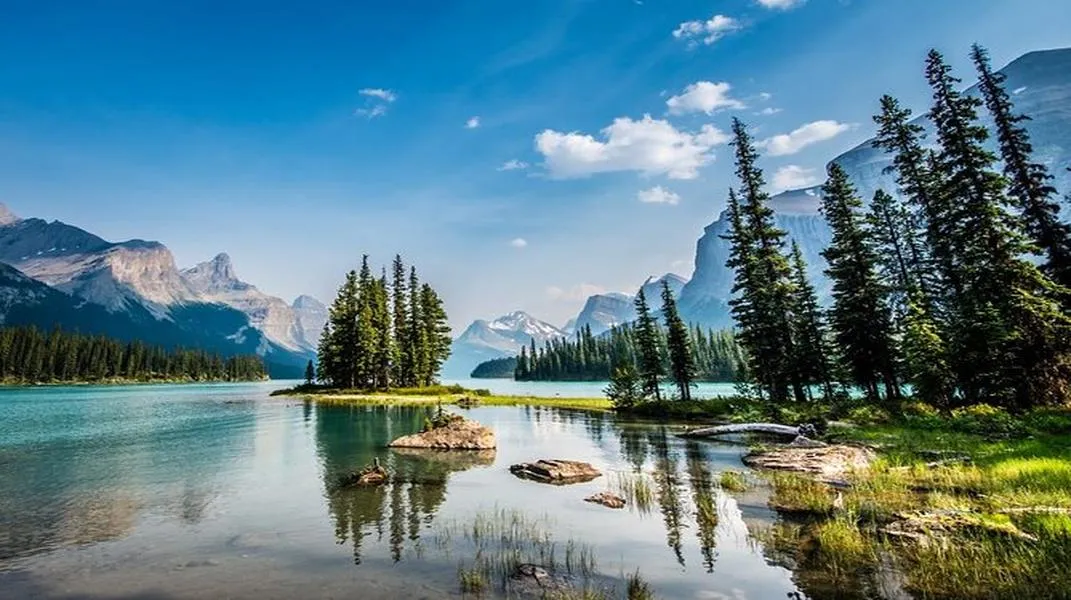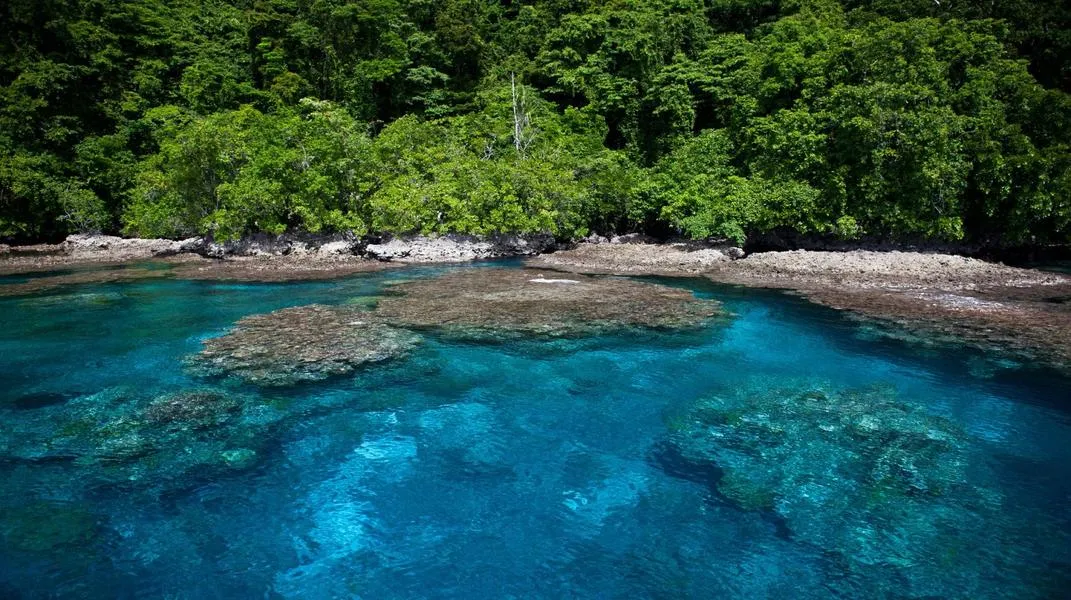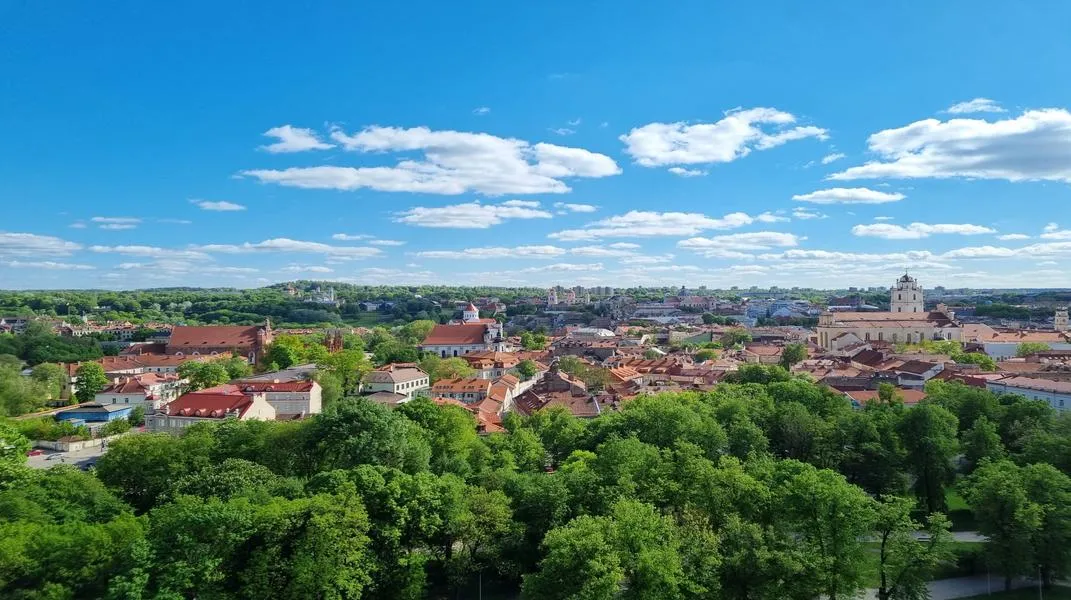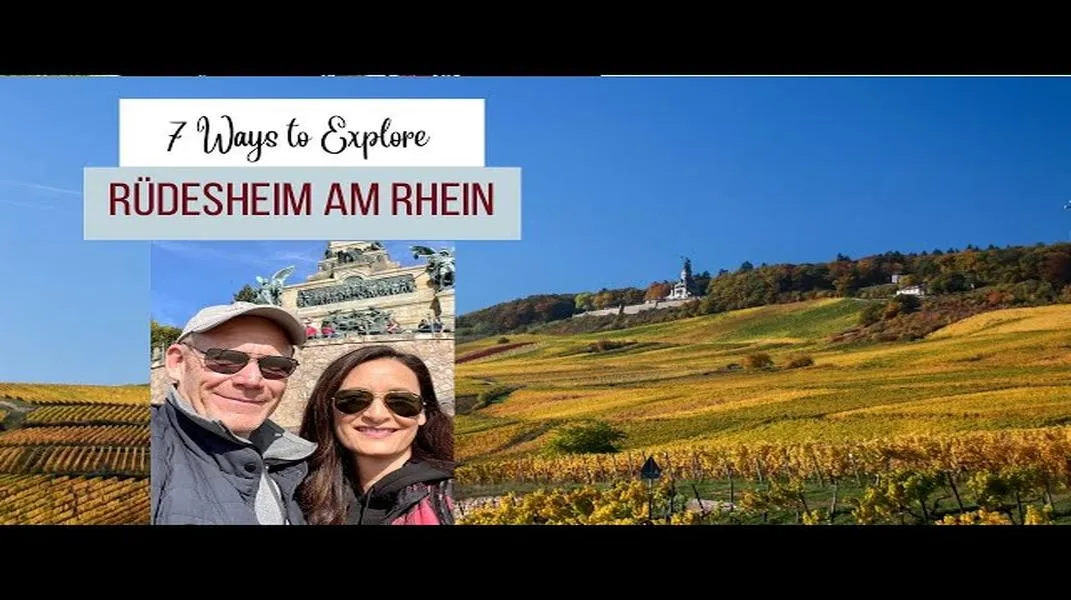Yoho National Park: A Hidden Gem in the Canadian Rockies
Nestled in the heart of the Canadian Rockies, Yoho National Park is a breathtaking expanse of wilderness that offers visitors a unique opportunity to immerse themselves in nature's grandeur. Established in

Natural Wonders of Yoho National Park
1. Emerald Lake
One of the most iconic destinations within Yoho National Park is Emerald Lake, known for its striking turquoise waters. The lake is surrounded by soaring mountains and dense forests, creating an idyllic setting for picnicking, canoeing, or simply relaxing by the shore. The vivid color of the water is a result of glacial silt suspended in the lake, which reflects light in a way that produces its characteristic hue. Visitors can take a leisurely walk on the Emerald Lake Loop Trail, a 5.2-kilometer (3.2-mile) trail that offers stunning views of the lake and its surroundings.
2. Takakkaw Falls
Another must-see attraction is Takakkaw Falls, one of the highest waterfalls in Canada, plunging an astonishing 373 meters (1,224 feet) from the Daly Glacier. The name "Takakkaw" means "magnificent" in the Cree language, and it is certainly fitting. The falls are accessible from the Takakkaw Falls viewpoint, where visitors can feel the mist on their faces and hear the thunderous roar of the water. The area around the falls is also a popular starting point for several hiking trails, including the Iceline Trail, which offers breathtaking views of glaciers and the surrounding mountain landscape.
3. Natural Bridge
A short drive from Emerald Lake, the Natural Bridge is a fascinating geological formation sculpted by the Kicking Horse River. The river has carved a bridge-like structure from the limestone rock over thousands of years, creating a spectacular sight. Visitors can walk along the viewing platforms to get a closer look and photograph this unique natural wonder.
4. Lake O'Hara
For those seeking tranquility and breathtaking beauty, Lake O'Hara is a must-visit destination. This pristine alpine lake is renowned for its stunning blue-green waters, surrounding peaks, and vibrant wildflowers in summer. Access to Lake O'Hara is limited to preserve its delicate ecosystem, and reservations for the bus service or camping must be made in advance. The trails around the lake offer a variety of hiking options, including the famous Lake O'Hara Alpine Circuit, which boasts panoramic views and opportunities to spot wildlife.
5. Hiking Trails
Yoho National Park is a hiker's paradise, with over 400 kilometers (248 miles) of trails. The park offers a range of hiking experiences, from easy walks suitable for families to challenging multi-day hikes. Some popular trails include:
- The Iceline Trail: This challenging 20-kilometer (12.4-mile) loop takes you high above the treeline with views of glaciers, waterfalls, and the stunning Yoho Valley.
- The Yoho Valley Trail: A moderate 6.5-kilometer (4-mile) hike that leads to the base of Takakkaw Falls and is suitable for families.
- The Burgess Shale Fossil Beds: A UNESCO World Heritage site, these fossil beds are accessible via guided hikes and offer a glimpse into the prehistoric life that once thrived in this region.
Wildlife and Ecosystem
Yoho National Park is home to a diverse range of wildlife, including black bears, grizzly bears, elk, mountain goats, and various bird species. The park's varied ecosystems, from lush valley floors to rocky alpine terrain, provide habitats for these animals. Birdwatchers will be delighted by the opportunity to spot species such as the Canada Jay, Clark's Nutcracker, and even the elusive Peregrine Falcon.
When visiting Yoho National Park, it's essential to respect the wildlife and their habitats. Always maintain a safe distance from animals, never feed them, and follow park guidelines to ensure both your safety and the well-being of the wildlife.
Preparing for Your Visit
To make the most of your trip to Yoho National Park, proper preparation is key. Here’s a detailed guide on what to bring and how to plan your visit:
1. Plan Your Itinerary
Before you arrive, take some time to research the park's attractions and decide on the trails you want to hike. The park's official website provides valuable information, including trail conditions, park alerts, and seasonal highlights.
2. Accommodation Options
Yoho National Park offers a range of accommodation options, including campgrounds, lodges, and backcountry huts. Popular campgrounds include:
- Kicking Horse Campground: Located near Field, this campground offers easy access to Emerald Lake and Takakkaw Falls.
- Mosquito Creek Campground: A more rustic option located along the Icefields Parkway, offering a quieter experience.
For those preferring indoor accommodations, the Emerald Lake Lodge and the historic Field Inn provide comfortable lodging options.
3. What to Pack
When packing for your trip, consider the following essential items:
- Clothing: Layered clothing is advisable, as mountain weather can be unpredictable. Bring moisture-wicking base layers, insulating mid-layers, and waterproof outer layers. Sturdy hiking boots are a must.
- Hiking Gear: A comfortable backpack, trekking poles, a first aid kit, and a map of the park are essential. A compass or GPS device can also be helpful.
- Food and Water: Carry enough food and snacks for your hikes, as well as a refillable water bottle. Water sources are available, but it’s recommended to purify water from streams before drinking.
- Camping Gear: If you plan to camp, bring a tent, sleeping bag, cooking equipment, and camping utensils. Ensure you have a proper bear-proof food storage system to keep your food safe from wildlife.
- Photography Equipment: Don’t forget your camera to capture the stunning landscapes and wildlife. A tripod can also be useful for long exposure shots of waterfalls and the night sky.
- Safety Items: Sunscreen, insect repellent, and a headlamp for evening activities or emergencies are essential.
4. Park Regulations and Safety Tips
Before heading out, familiarize yourself with Yoho National Park's regulations to ensure a safe and enjoyable experience:
- Wildlife Safety: Be bear aware. Carry bear spray, make noise while hiking, and never approach wildlife. Familiarize yourself with proper bear safety protocols.
- Leave No Trace: Practice Leave No Trace principles to minimize your impact on the environment. Pack out all trash, stay on designated trails, and avoid disturbing wildlife.
- Weather Preparedness: Check the weather forecast before your visit. Sudden weather changes can occur in the mountains, so be prepared for rain, snow, or chilly temperatures even in summer.
- Trail Etiquette: When hiking on multi-use trails, be courteous to other users. Yield to those climbing uphill, and step aside to let faster hikers pass.
Conclusion
Yoho National Park is a breathtaking destination that showcases the stunning natural beauty of the Canadian Rockies. With its pristine lakes, majestic waterfalls, and diverse wildlife, it offers a wealth of opportunities for outdoor adventures. By preparing adequately and respecting the park's regulations, you can ensure a memorable and fulfilling experience in this magnificent wilderness. Whether you are hiking, camping, or simply soaking in the views, Yoho National Park is sure to leave you with lasting memories of its stunning landscapes and natural wonders. So pack your bags, lace up your hiking boots, and get ready to explore one of Canada’s most spectacular national parks!




